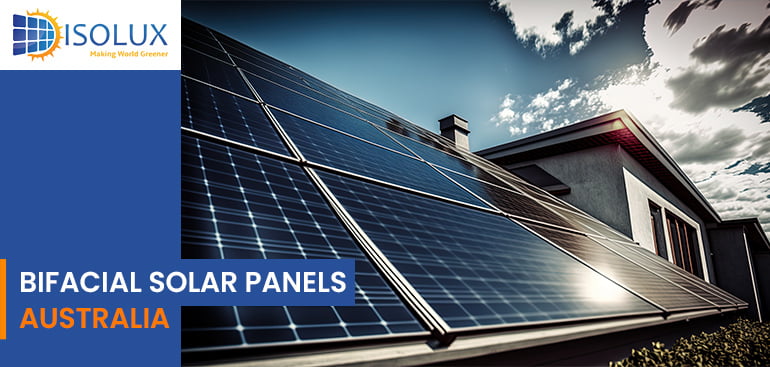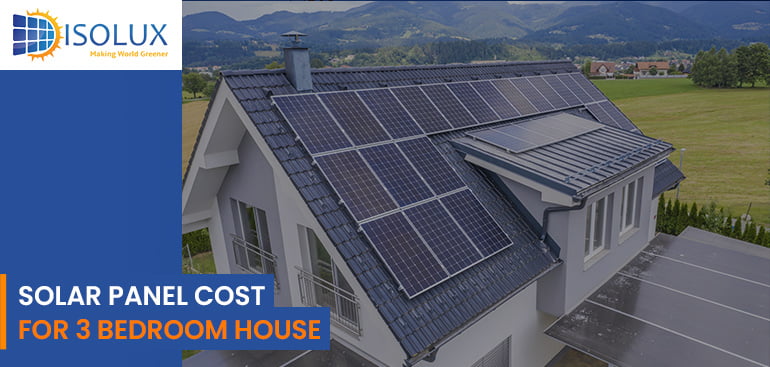Bifacial solar panels are a revolutionary advancement in solar technology. Unlike traditional monofacial solar panels that only capture sunlight on one side, bifacial panels are designed to harness solar energy from both sides. This unique feature allows them to absorb direct sunlight on the front side and reflect sunlight from the rear side. This dual-sided design significantly increases their energy harvesting capability.
Types Of Bifacial Solar Panels
Bifacial solar panels come in various types, each with distinct characteristics:
1. Frameless Bifacial Panels
These lack a traditional frame, reducing weight and potential shading, thereby enhancing efficiency.
2. Glass-on-Glass Panels
These consist of solar cells sandwiched between two layers of glass, offering enhanced durability and a longer lifespan.
3. Clear Backsheet Panels
They combine a glass front with a transparent backsheet, providing a balance between efficiency and cost-effectiveness.
Bifacial Solar Cell Efficiency
Bifacial solar panels boast a higher efficiency rate compared to traditional panels. They typically offer 5-20% more efficiency, depending on installation and environmental conditions. The ability to capture reflected light from surfaces like snow, water, or white roofing material contributes significantly to this increased efficiency.
How Do Bifacial Solar Panels Work?
Bifacial solar panels operate by collecting sunlight on both sides. The front side captures direct sunlight, while the rear side harnesses albedo light – the sunlight reflected off the ground or nearby surfaces. This dual capture method maximizes energy production, especially in areas with high reflective surroundings.
Pros & Cons Of Bifacial Solar Panels
Pros
1. Increased Energy Production: They generate more power per square meter than monofacial panels.
2. Durability: Often more durable due to their robust construction.
3. Versatility: Suitable for a variety of installations, including ground-mounted systems and carports.
Cons
1. Higher Initial Cost: Typically more expensive upfront than traditional panels.
2. Installation Requirements: Need specific conditions like reflective surfaces to maximize efficiency.
3. Weight: Some models can be heavier, requiring stronger support structures.
How Much Are The Bifacial Solar Panels?
The cost of bifacial solar panels in Australia varies based on type, brand, and installation complexities. Generally, they can be 10-30% more expensive than standard monofacial panels. However, the higher initial investment is often offset by the increased energy production and potential savings on electricity bills over time.
How Are Bifacial Modules Installed?
Installation of bifacial modules requires careful consideration:
1. Orientation: They should be installed in a way that maximizes exposure to sunlight on both sides.
2. Height: Installing them at a higher elevation increases the light captured on the rear side.
3. Surface Reflectivity: Choosing a site with highly reflective ground material enhances rear-side efficiency.
Also read: Solar Panel Size Australia
Differences between Bifacial and Monofacial
The primary difference lies in their design and energy capturing capabilities. Bifacial panels harness light from both sides, increasing energy output, while monofacial solar panels only utilize one side. Additionally, bifacial panels tend to be more durable but are also more expensive and heavier than their monofacial counterparts.
Which Is Better: Bifacial Vs Monofacial?
The choice between bifacial and monofacial solar panels depends on specific needs and installation conditions. Bifacial panels are ideal for sites with high reflectivity and space for elevated installation. They offer higher efficiency and power output, making them suitable for areas with limited space but requiring high energy production. Monofacial panels, on the other hand, are more cost-effective and lighter, making them suitable for standard residential installations where budget and simplicity are key considerations.
Conclusion
Bifacial solar panels represent a significant advancement in solar technology, especially relevant in Australia’s diverse and often sunny environment. While they come with a higher initial cost and specific installation requirements, their increased efficiency and durability can offer significant long-term benefits.
Ultimately, the choice between bifacial and monofacial panels should be based on individual energy needs, installation conditions, and budget considerations. With the ongoing advancements in solar technology, bifacial panels are poised to play a crucial role in Australia’s renewable energy landscape, contributing to a more sustainable and energy-efficient future.
Read Next Blog:




